One of the most popular tourist destinations in Poland is the Trail of the Eagle Nests which runs from Czestochowa south to the Polish capital of Krakow.
It is a chain of 14th-century castles built as strongholds to protect Poland’s western frontier. Called Eagles Nests because they are on high hills overlooking scenic landscapes that are now part of Ojcow National Park, many of the castles now lie in ruin.
Most of the castles were built during the reign of Kazimierz Wielki also known as Casimir the Great. Born to Władysław I and Jadwiga in 1310, Casimir carried on the work of his father who had successfully reunited the small principalities known as Great Poland and Little Poland into one country.
Casimir added Red Russia and Masovia to make Poland a unified country with a strong government that took its place among the powerful players of the Central European stage.
Casimir was well liked by his subjects as he preferred diplomacy to war. He encouraged Polish Jews and Germans alike to settle in and establish towns to benefit local merchants and establish trade laws as they saw fit. Casimir was also a proponent of education and established the Academy of Kraków (now known as Jagiellonian University) in 1364.
The twenty-five castles along the tour include Danków Castle, of which little remains. Legends claim the castle was filled with dungeons full of ancient treasures. Built by Stanisław Warszycki about 1632 it is said that he sold his soul to the Devil to get help in constructing the castle. It is now the subject of an archeological dig in order to learn more about what the interior was like.
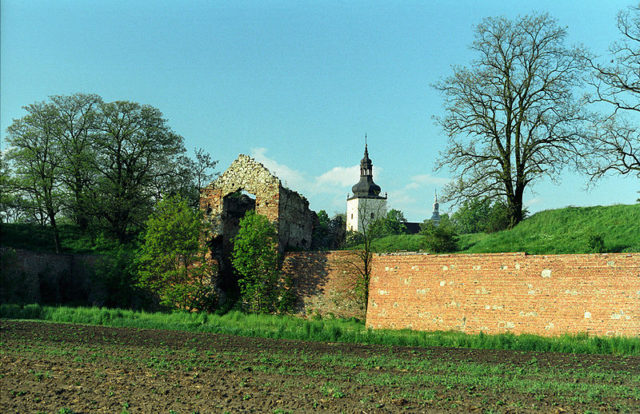
Korzkiew Castle, 14 kilometers from the center of Krakow, now restored, is a luxury hotel with four available guest rooms including a bridal suite and four conference rooms surrounded by beautiful gardens. It is included in the list of Heritage Hotels of Poland.
Łutowiec Castle was once a watchtower in the village of Łutowiec, formerly known as Oltowiec. Little history remains of this structure are making it a mystery ready to be explored by visitors.
Stanisław Warszycki also once owned Ogrodzieniec Castle, located in the village of Podzamcze. The original structure, destroyed in 1241 and rebuilt in the mid-14th century changed hands at least half a dozen times before becoming nationalized after World War II and has appeared in several movies as well as a music video by the rock group Iron Maiden in 1984.
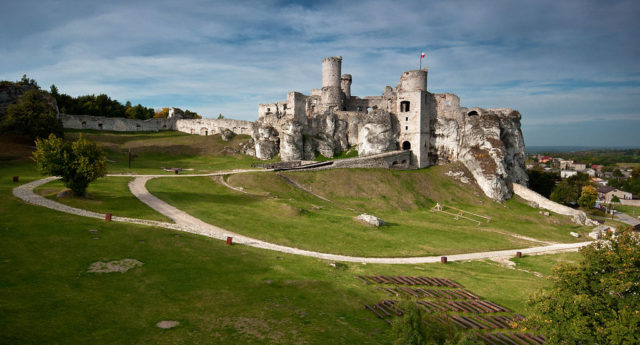
Przewodziszowice Castle, also built as a watchtower sits high atop a rock near Przewodziszowice village.
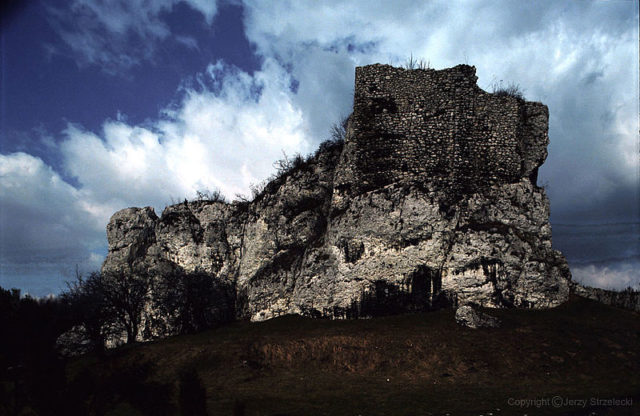
Ryczów Castle is mostly inaccessible to anyone other than experienced rock climbers. Original access to the structure was probably over a wooden bridge or possibly a ladder. Already in ruins, the residents of Ryczów to obtain materials to construct homes in the nearby town blew up parts of the castle.
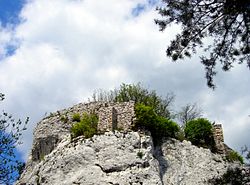
Będzin Castle northeast of Katowice, near the Czarna Przemsza River, was rebuilt in the mid-1950s and is now the site of the Dąbrowskie Basin Museum.
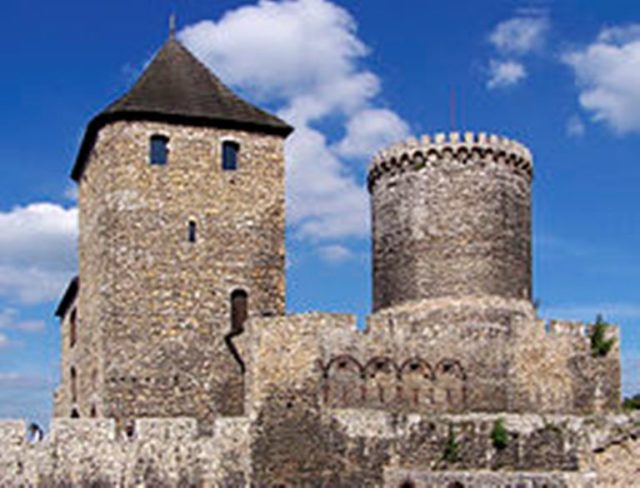
Pieskowa Skała Castle is located on a cliff overlooking the valley of the Prądnik River and is thought to be one of the most beautiful castles in Poland. Although it has gone through several alterations by the families who owned it, the structure survives almost unchanged. It is now the home of a museum of historical interiors.
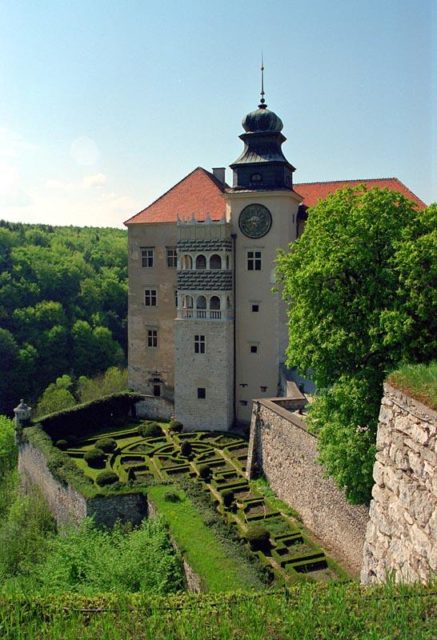
Lipowiec Castle, located near Krakow was once used as a prison. In the 19th century, the castle was damaged by a fire and was never fully restored. It is now a museum with over twenty exhibits including an open-air depiction of life in a medieval peasant village.
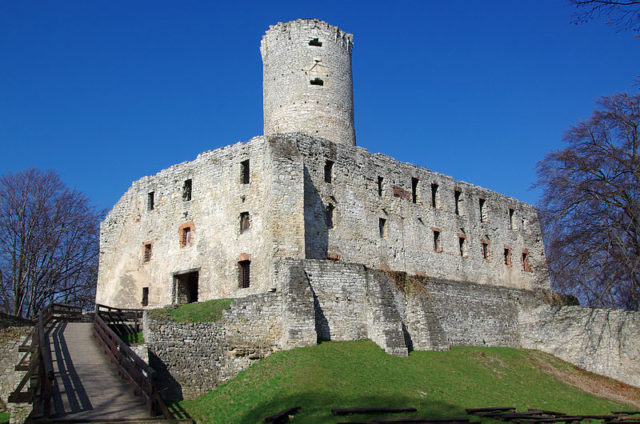
Pilica Castle was built on the western edge of the town of Pilica. The Swedes burnt it in the 17th century. Subsequent owners attempted to renovate, but it became a money pit and was eventually abandoned. Legend speaks of the Ghost of the White Lady, a beautiful girl who was entombed alive for her refusal to marry Wojciech Padniewski, the cruel owner of the castle.
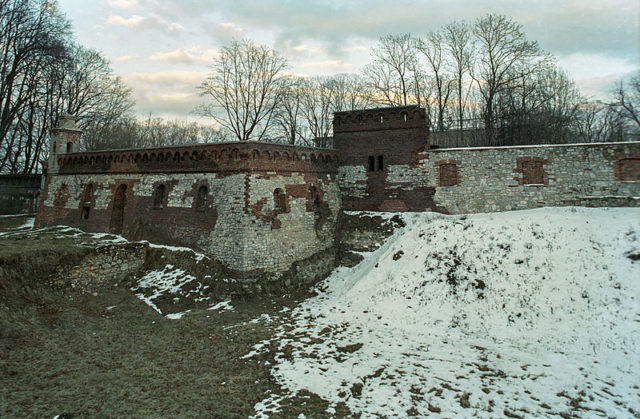
Smolen Castle, in the village of Smolen, was another tall watchtower. The castle, which has been partially renovated, has been listed as a landscape park since 1959. Visitors claim the view from the turret is breathtaking.
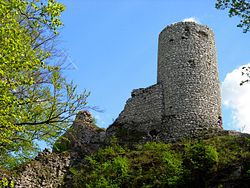
These are just a few of the twenty-five fortresses that make up the list of the Eagle Nest Castles built to protect Poland from invaders in medieval times. There are several travel websites on the internet that explain how to follow the line of castles and what it will cost. One can travel independently by hiking, bicycling, or by bus or join a tour group with a guide to learn more in depth information about the castles.
https://www.youtube.com/watch?v=oiOLLp87O0U&t=49s
